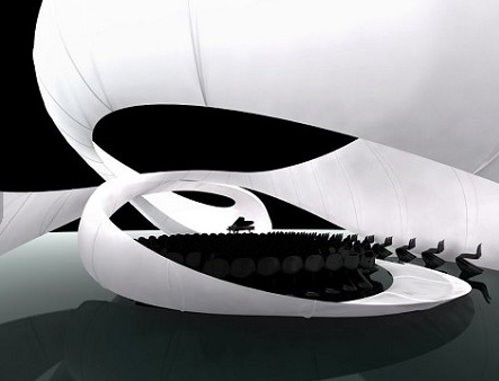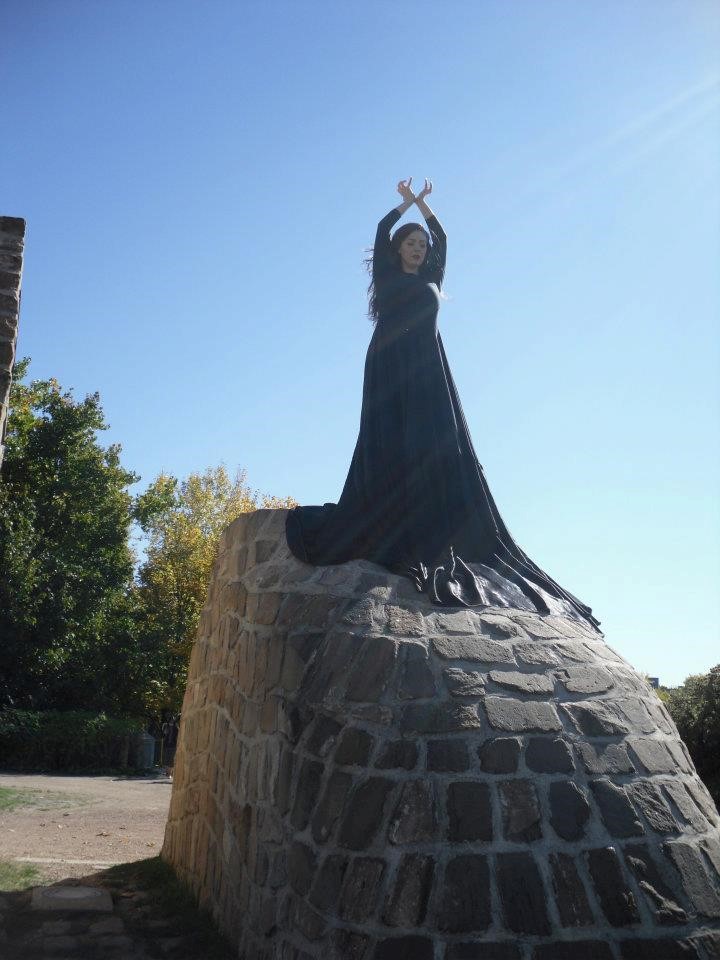
By Erin Riediger, Interior Designer
I am often asked what made me want to pursue a career in interior design. When I respond, “my background in dance,” I am sometimes met with a puzzled look. What could an education in classical ballet and modern dance possibly have to do with design? As I went through my design education many of my projects referenced dance not only in the typologies I chose to explore (performance and rehearsal venues) but conceptually as well. Although I think some professors may have rolled their eyes at another dance reference, I revelled in being able to explore another one of my passions through a creative outlet.
Creativity is at the base of most artistic endeavours. To produce a work, whether it is one of fine art, architecture or theatre you must hatch an idea to communicate to a larger audience. Developing a design concept is not dissimilar to choreographing. The concept of the choreographer or designer is brought to fruition physically and visually. In turn those experiencing the dance or built work feel what is intended by the creator.
Both dancers and designers convey tone through setting. In dance it is the movement, costumes and music that create mood. Form, colour and spatial relationships foster milieu in design. In both cases either the performance’s audience or the built environment’s user has an experience that is affected by the design of the creator. The momentous uplifting feeling of walking through the interior of Westminster Abbey is not unlike viewing the powerfully emotional choreography of Pina Bausch. Each experience affects the human spirit because of the mark of a creative produce

Dance and physical space could not exist without one another. Dancers use their bodies to carve their surrounding space, leaving an artistic impression. Through form and positioning they organize the environment. A dancer extending her arm upwards to the ceiling conveys verticality in space. In architecture a double-height wall can be erected to achieve a similar effect. Movement in dance isn’t just travelling from one point to another, but an intense relationship that leaves visual impact on an audience. Like designers and architects, dancers must understand proportion and scale to execute visual harmony to an observer.
Not only do dancers arrange space and create form, but they also understand the physical environment in an intimate way. When you dance you are aware of the floor beneath you because you push against it to propel yourself through space. You know the limits of the stage you are performing on because if your movement is larger than it is supposed to be, you will find yourself in the wings rather than on stage. I truly believe that the spatial awareness I learnt in dance has impacted my design abilities in a significant way.
I find the connection between dance and design to be strongest in the work of local choreographer Stephanie Ballard. In her “Landscape Dancing” projects, she brings dancers outside of the studio into the built and natural environment. Here they perform a combination of choreographed and improvised movement based on their settings. Their bodies become moving sculpture, seamlessly connecting to the architecture of a place, reacting and contributing to the design.

Although a back injury prevented me from pursuing a career in dance, I am excited to be exploring the relationships between the body and space in design. Because these parallels have always fascinated me, I wrote my graduate thesis based on the relationship between design and dance and the ability of both disciplines to affect emotional experience. In this work I applied the choreographic principles of Stephanie Ballard’s “Landscape Dancing” to the design of a secular event space.
Architecture and dance are both heavily influenced and affected by the human spirit. La La La Human Steps choreographer Edouard Lock likened the architectural interior to human emotion when he said, "This door between interior and exterior is fragile and personal. Dreams pass through it and you dance to them every day of your life." Within the built environment and in dance there are movements, experiences and emotions that were fashioned by a creator.
Below is a link to my graduate work titled: Dance, the human spirit and event: translating the choreographic principles of “landscape dancing” to the interior design of a secular event space.
http://mspace.lib.umanitoba.ca/jspui/handle/1993/22127